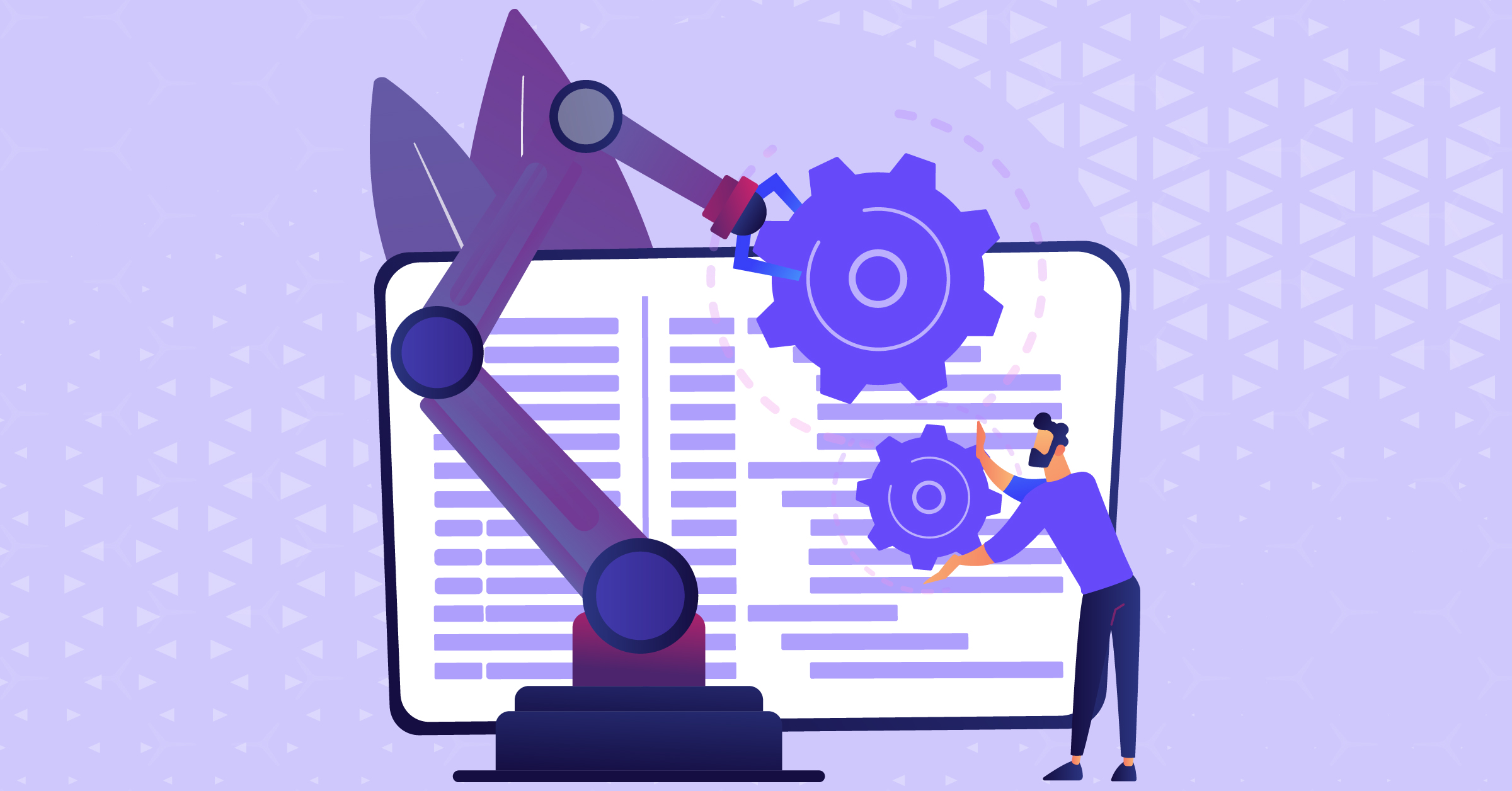Developing a Human-Machine Interface (HMI) development service poses various challenges that need to be addressed by developers. One of the primary hurdles is the complexity of integrating various systems and technologies to create a seamless user experience. This involves ensuring compatibility between different hardware and software components while also meeting the performance expectations of end-users.
Additionally, another common challenge in HMI development is the need for constant updates and maintenance to keep up with evolving user preferences and technological advancements. This requires developers to stay agile and adapt quickly to changes in the industry, which can sometimes be a demanding task. Furthermore, the pressure to deliver HMI solutions that are intuitive, efficient, and aesthetically pleasing adds another layer of complexity to the development process.
Key considerations for selecting an HMI development service provider
When selecting an HMI development service provider, it is crucial to consider their level of expertise and experience in developing human-machine interfaces. Look for providers who have a strong track record of successfully delivering projects similar to yours, as this indicates their ability to meet your specific requirements. Additionally, assess the technology stack and tools they use to ensure they align with your project needs and goals.
Furthermore, communication is key in the development process, so choosing a service provider that maintains open and transparent communication channels is essential. This includes understanding their approach to collaboration, feedback mechanisms, and project reporting. By selecting a partner who values clear and effective communication, you can ensure a smoother development process and a successful outcome for your HMI project.
Trends in HMI Development Services
Advancements in technology have significantly impacted the landscape of HMI development services. One notable trend is the increasing integration of augmented reality (AR) and virtual reality (VR) technologies in HMIs. AR and VR capabilities not only enhance user engagement but also provide more immersive and interactive experiences, which are becoming essential in various industries such as automotive, healthcare, and manufacturing.
Another prominent trend in HMI development services is the rise of voice-controlled interfaces. With the growing popularity of virtual assistants like Alexa and Siri, users are increasingly expecting to interact with devices and systems using voice commands. This trend is reshaping the way users interact with HMIs, offering a more convenient and hands-free experience that can improve efficiency and accessibility in different applications.
Importance of user experience in HMI development
User experience plays a crucial role in the development of Human-Machine Interface (HMI) systems. The way users interact with the interface directly impacts the overall success and usability of the system. A well-designed user experience not only enhances the efficiency of tasks but also increases user satisfaction.
In HMI development, the user experience is more than just aesthetics; it encompasses the ease of navigation, intuitiveness of controls, and responsiveness of the system. When users find an interface intuitive and pleasant to use, they are more likely to engage with the system effectively and feel more comfortable while interacting with it. As technology continues to advance, the focus on user experience in HMI development becomes increasingly important in creating seamless and efficient systems.
Integration of IoT technologies in HMI development
IoT technologies have revolutionized the landscape of human-machine interface (HMI) development, offering enhanced connectivity and data exchange capabilities. By integrating IoT technologies into HMI systems, businesses can streamline operations, improve efficiency, and gather valuable insights for decision-making. This seamless integration allows for real-time monitoring, remote control, and predictive maintenance, leading to optimized performance and reduced downtime of industrial machinery and equipment.
Moreover, the integration of IoT technologies in HMI development empowers organizations to create more personalized and interactive user interfaces. Through the utilization of IoT devices, HMI systems can collect and analyze user data in real-time, enabling customized experiences tailored to individual preferences. This level of personalization not only enhances user satisfaction but also boosts engagement and productivity across various industries, driving innovation and competitiveness in the market.
Benefits of outsourcing HMI development services
When companies consider outsourcing HMI development services, they often find several advantages that can enhance their projects. One key benefit is access to a team of experts with specialized skills and experience in HMI design and development. These professionals bring a wealth of knowledge and expertise to the project, ensuring a high-quality outcome.
Moreover, outsourcing HMI development can lead to cost savings for companies. By choosing a service provider that offers competitive rates and streamlined processes, companies can reduce their overall expenses while still receiving top-notch services. This cost-effective approach allows organizations to focus on their core business activities while leaving the intricacies of HMI development to the experts.
What are the benefits of outsourcing HMI development services?
Outsourcing HMI development services can save time and resources for companies, as they can leverage the expertise of specialized service providers. Outsourcing can also lead to faster development cycles and improved quality of the HMI design.
How important is user experience in HMI development?
User experience is crucial in HMI development, as it directly impacts the usability and effectiveness of the interface. A well-designed HMI that prioritizes user experience can lead to higher user satisfaction, increased productivity, and reduced training time for operators.







